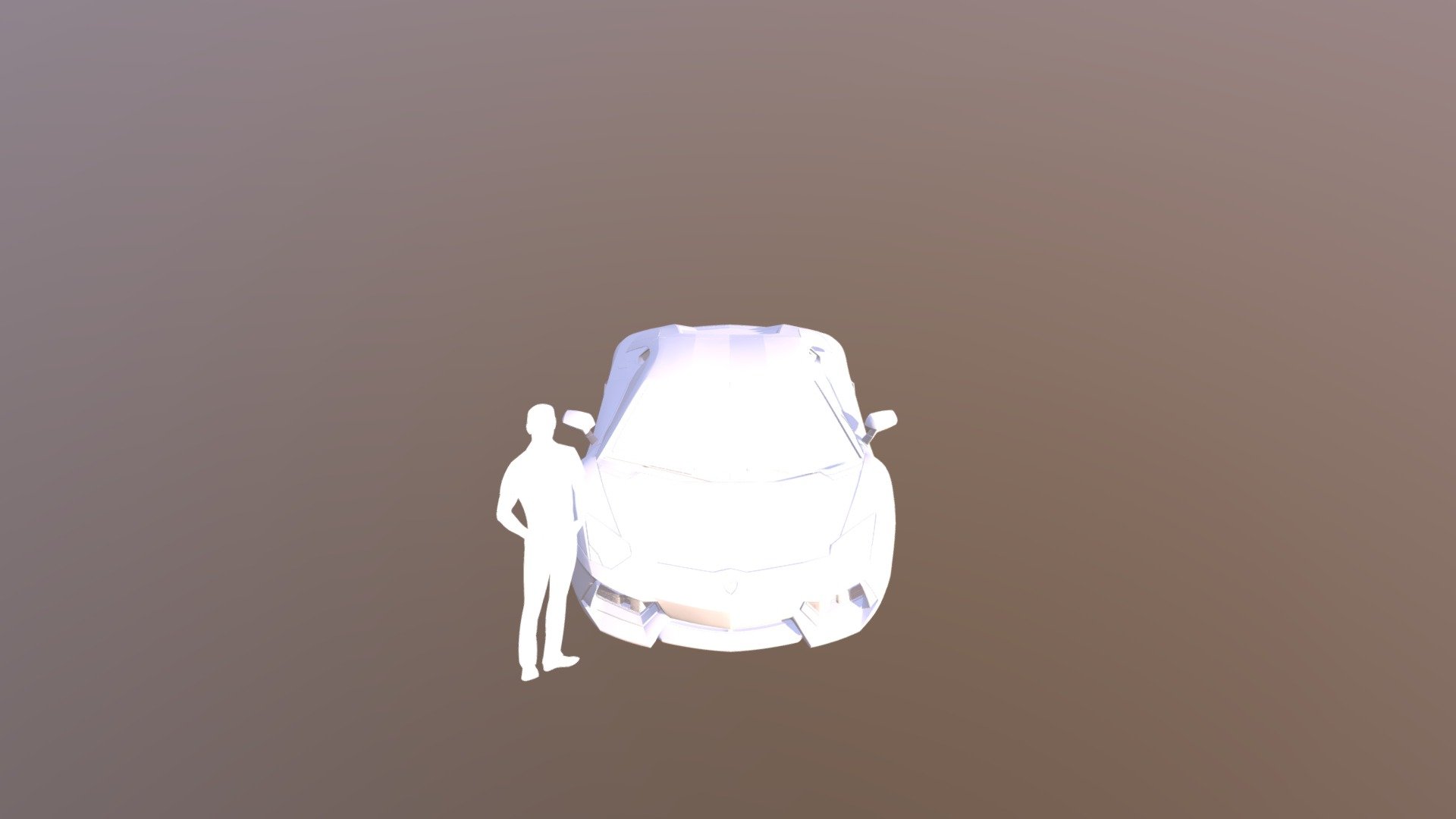
Untitled (3)
sketchfab
Human behavior is a complex and multifaceted phenomenon that has been studied by scientists and researchers for centuries. Despite its complexity, human behavior can be broken down into several key components, including cognitive processes, emotional responses, and physical actions. These components interact with one another in intricate ways to produce the wide range of behaviors that humans exhibit every day. Cognitive processes refer to the mental activities that enable humans to perceive, process, and respond to information from their environment. This includes attention, perception, memory, language, problem-solving, and decision-making. Cognitive processes are essential for human behavior because they allow individuals to navigate their surroundings, learn new skills, and adapt to changing circumstances. Emotional responses play a crucial role in shaping human behavior as well. Emotions such as happiness, sadness, anger, fear, and surprise can influence an individual's thoughts, feelings, and actions. For example, a person who is experiencing a strong sense of fear may become more cautious and hesitant in their behavior. On the other hand, someone who is feeling happy may be more likely to take risks and engage in spontaneous activities. Physical actions are another essential component of human behavior. These include movements such as walking, running, jumping, and manipulating objects with the hands. Physical actions can be voluntary or involuntary, depending on whether they are under conscious control or not. Voluntary physical actions require a person to make deliberate decisions about what to do next, while involuntary actions occur automatically without any conscious input. The interaction between cognitive processes, emotional responses, and physical actions produces the wide range of human behaviors that we see every day. For instance, a person who is trying to learn a new skill may exhibit a series of specific cognitive processes such as attention, perception, memory, language, problem-solving, and decision-making. At the same time, they may experience emotional responses such as frustration, excitement, or relief depending on their progress. Finally, their physical actions may involve movements such as reaching for a book, typing on a keyboard, or practicing a new skill with their hands. In conclusion, human behavior is a dynamic and multifaceted phenomenon that involves the interaction of cognitive processes, emotional responses, and physical actions. Understanding these components can provide valuable insights into why humans behave in certain ways and how they can be influenced to change their behavior for the better.
With this file you will be able to print Untitled (3) with your 3D printer. Click on the button and save the file on your computer to work, edit or customize your design. You can also find more 3D designs for printers on Untitled (3).
